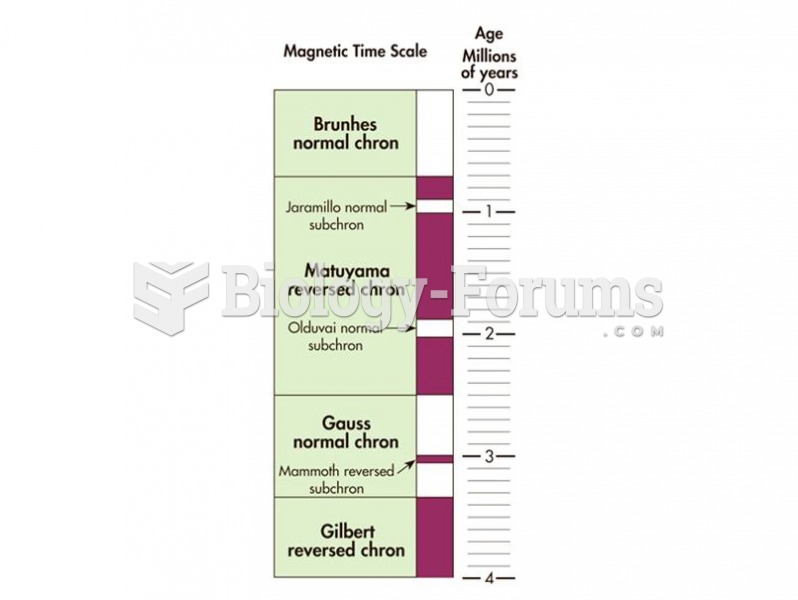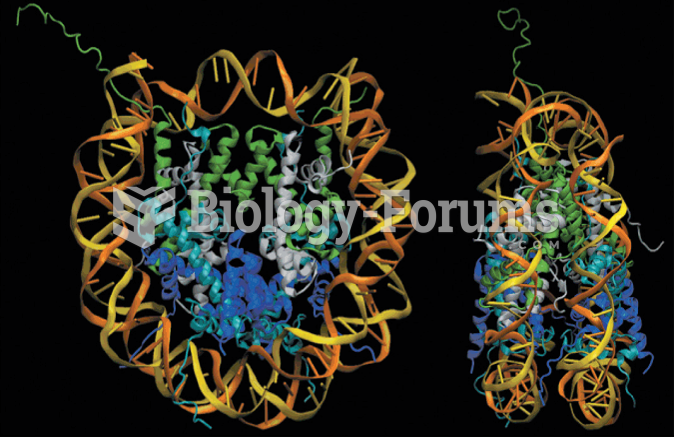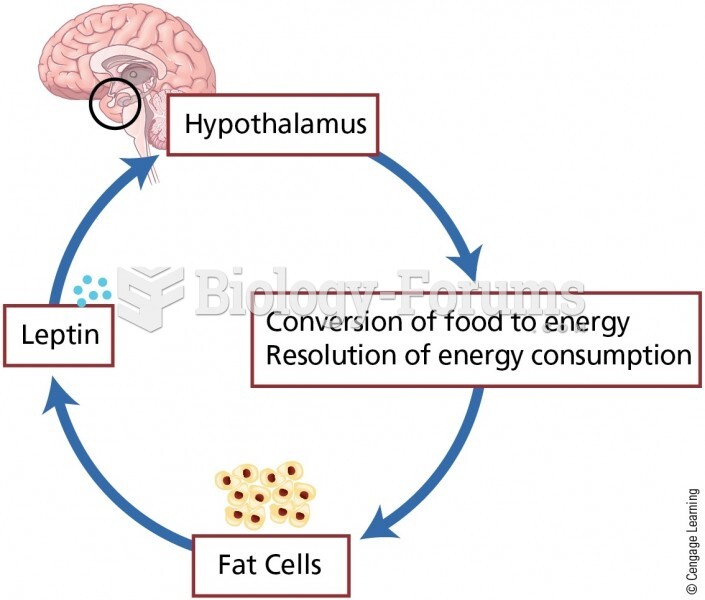|
|
|
More than 34,000 trademarked medication names and more than 10,000 generic medication names are in use in the United States.
Nearly 31 million adults in America have a total cholesterol level that is more than 240 mg per dL.
There are over 65,000 known species of protozoa. About 10,000 species are parasitic.
Interferon was scarce and expensive until 1980, when the interferon gene was inserted into bacteria using recombinant DNA technology, allowing for mass cultivation and purification from bacterial cultures.
Stevens-Johnson syndrome and Toxic Epidermal Necrolysis syndrome are life-threatening reactions that can result in death. Complications include permanent blindness, dry-eye syndrome, lung damage, photophobia, asthma, chronic obstructive pulmonary disease, permanent loss of nail beds, scarring of mucous membranes, arthritis, and chronic fatigue syndrome. Many patients' pores scar shut, causing them to retain heat.







